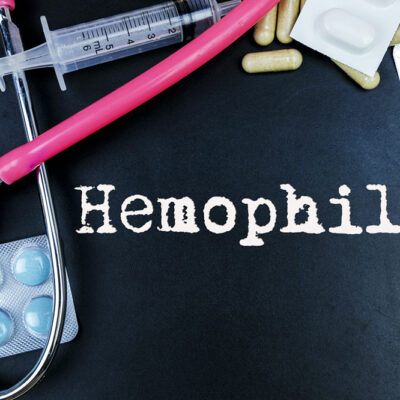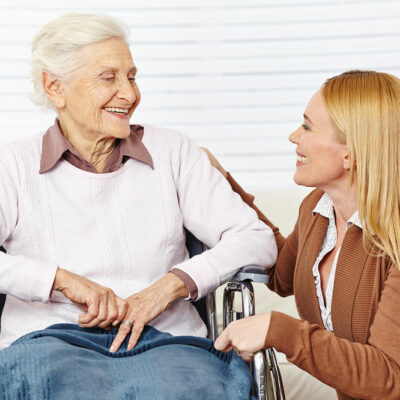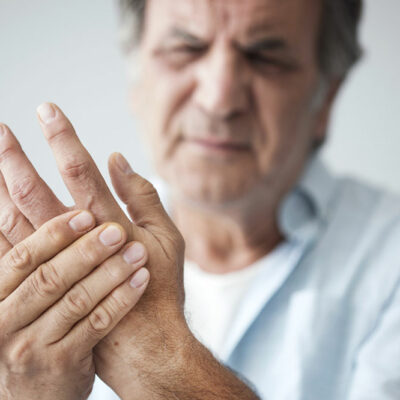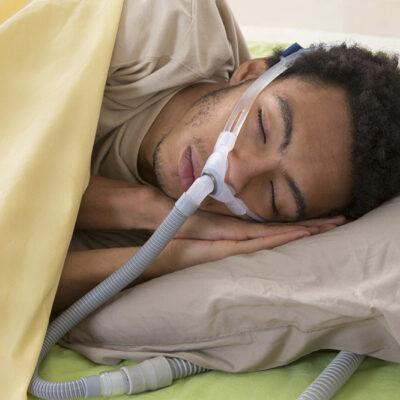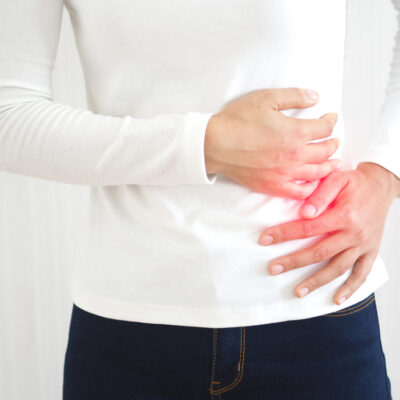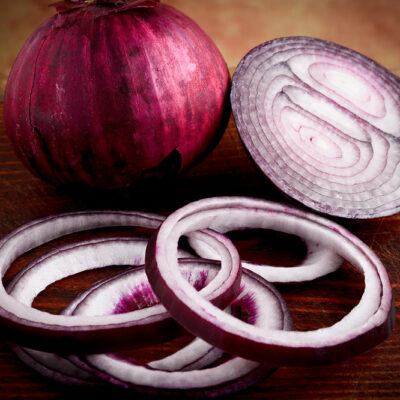
Health
Symptoms and Treatment Options for Kidney Cancer
Kidney cancers originate in the kidneys and can spread to other parts of the body. The kidney cells become cancerous and begin to grow at a rapid pace, forming a tumor. The most common form of kidney cancer is Renal Cell Carcinoma, in which the tumor forms in the tiny tubes in the kidneys. Here is a list of the most common symptoms and treatments of kidney cancer. Symptoms of kidney cancer The initial stages of kidney cancer normally do not cause any symptoms. They only begin to appear when the tumor grows in size. The common symptoms of kidney cancer are as follows: Hematuria or blood in the urine A lump on the side or lower back Pain in the lower back or on one side Loss of appetite Fatigue Unintentional weight loss Persistent fever that is not caused by any infection Low count of red blood cells in the body or anemia It is important to understand that these signs and symptoms may also be caused due to other benign diseases. So you must consult a doctor about these symptoms and treatments of kidney cancer at the earliest to be sure. Treatments options for kidney cancer Treatment options depend on factors like the age of the patient, past medical history, overall health, and stage of cancer.
Read More 